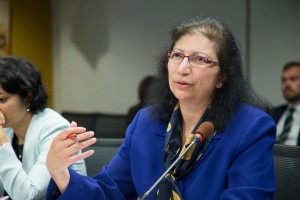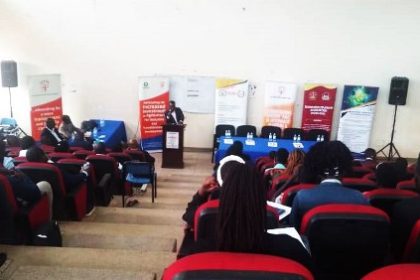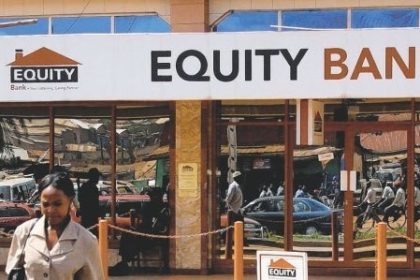World Bank paints Africa in better light for 2017

Punam Chuhan-Pole, World Bank Lead Economist and the author of the report, said growth needs to be more inclusive.
April 20–New data from the latest new Africa Pulse, a bi-annual analysis of the state of African economies conducted by the World Bank shows that economic growth in sub-Saharan Africa is rebounding in 2017 and regional growth is projected to reach 2.6 percent after registering the worst decline in more than two decades in 2016.
The continent’s aggregate growth is expected to rise to 3.2% in 2018 and 3.5% in 2019 reflecting a recovery in the largest economies. “As countries move towards fiscal adjustment, we need to protect the right conditions for investment so that sub-Saharan African countries achieve a more robust recovery,” Albert G. Zeufack, World Bank Chief Economist for the Africa Region said.
He said, “We need to implement reforms that increase the productivity of African workers and create a stable macroeconomic environment. Better and more productive jobs are instrumental to tackling poverty on the continent.”
The report points out that although recovery remains weak, with growth expected to rise only slightly above population growth, a pace that hampers efforts to boost employment and reduce poverty, the continent is in dire need of necessary reforms to boost investment and tackle poverty and countries have to undertake much-needed development spending while avoiding increasing debt to unsustainable levels.
“With poverty rates still high, regaining the growth momentum is imperative. Growth needs to be more inclusive and will involve tackling the slowdown in investment and the high trade logistics that stand in the way of competitiveness,” Punam Chuhan-Pole, World Bank Lead Economist and the author of the report said.
For Uganda’s case, Rachel Sebudde said a balanced investment strategy is the way to go. “Poor Infrastructure was identified as one of the constraints to growth in Uganda. The fact that government is investing heavily in infrastructure which goes a long way in reducing the cost of operations, transport costs means that Uganda is on track because real investments have to realise value.”
“If the country moves step by step and addresses the other challenges such as boosting the country’s export levels, reducing the country’s debt levels and also adopting longer term investments and modern methods of farming to avert calamities related to drought and the like, we shall be able to improve our GDP,” she said.
The report calls for the urgent implementation of reforms to improve institutions that foster private sector growth, develop local capital markets, improve infrastructure, and strengthen domestic resource mobilization.

 Shell Club rewards first winners with brand new motorbikes in Mbale
Shell Club rewards first winners with brand new motorbikes in Mbale
 CSBAG roots for increased funding for renewable energy
CSBAG roots for increased funding for renewable energy
 Equity walks tried and tested path to deliver solid half-year
Equity walks tried and tested path to deliver solid half-year
 Nile Breweries primes retailers for brave new world
Nile Breweries primes retailers for brave new world
 Uganda calls for collaboration with airlines in fight against illicit trade in wildlife
Uganda calls for collaboration with airlines in fight against illicit trade in wildlife
 Airline industry top guns dust-off passports for Uganda hosted 55th AFRAA annual meet
Airline industry top guns dust-off passports for Uganda hosted 55th AFRAA annual meet
